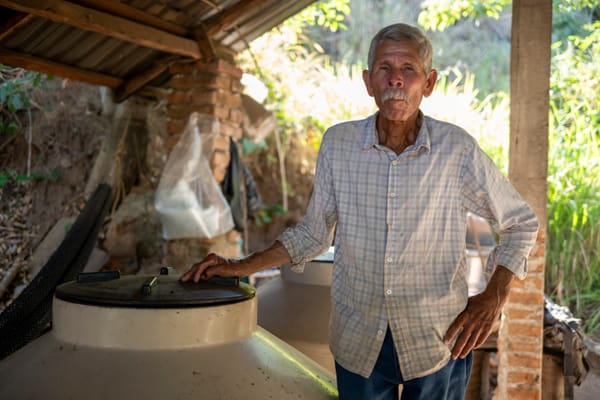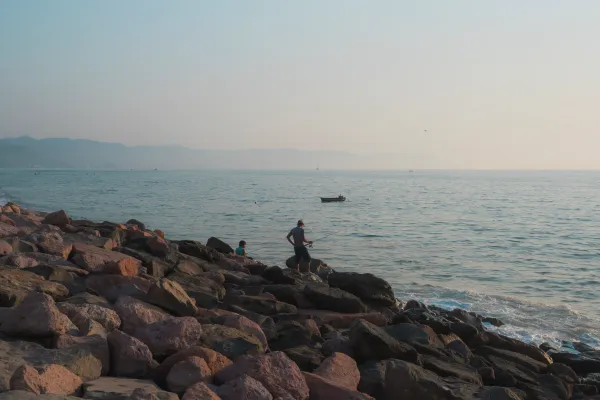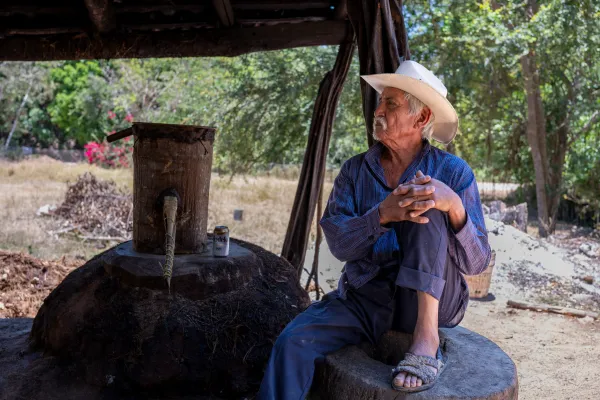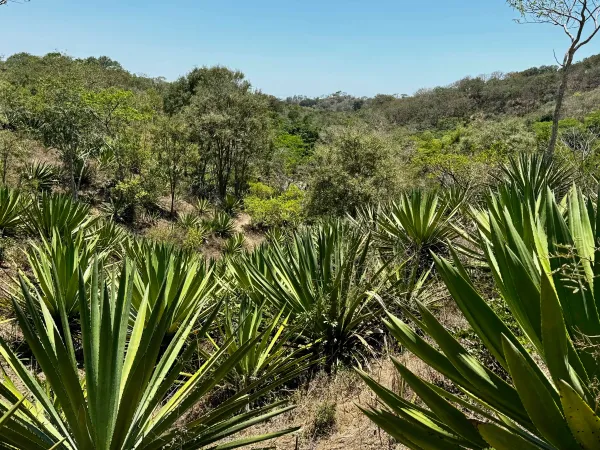The bacaro, a local Venetian watering hole
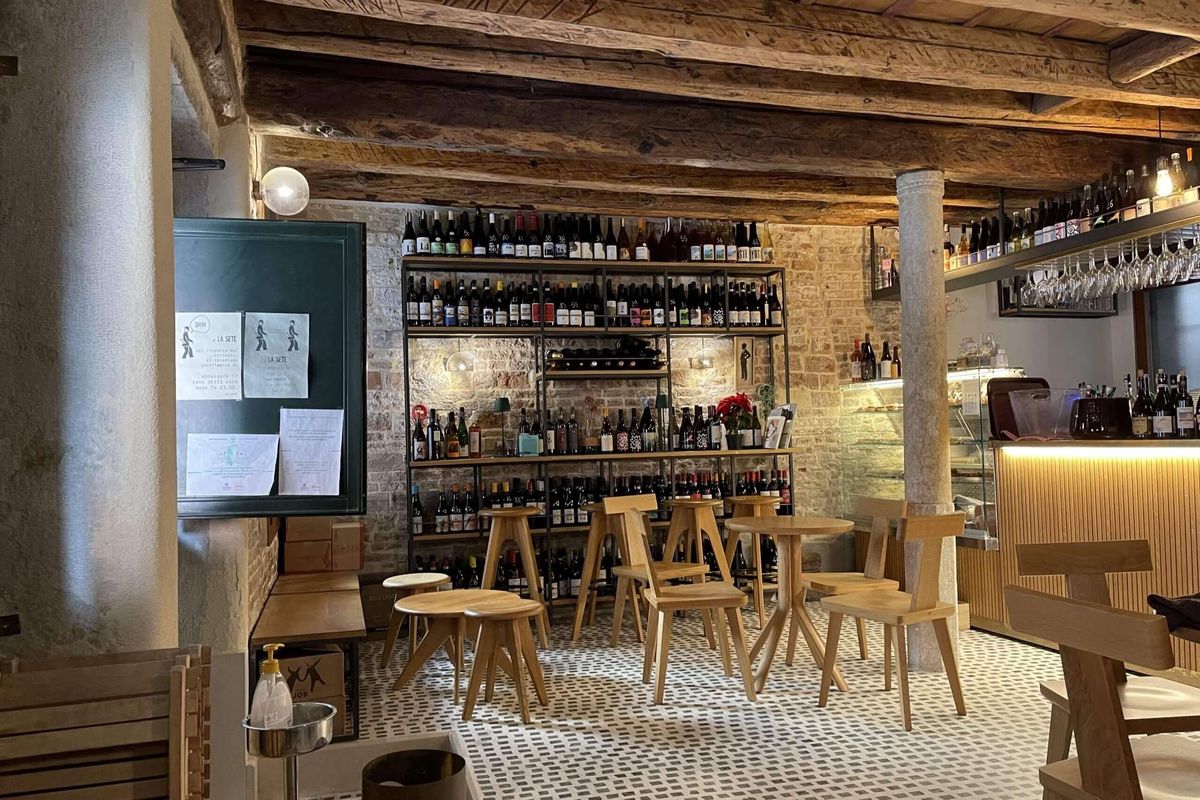
After walking around Venice for a few hours, you’ll start to notice a couple of things. First, you’ll realize you’re entirely lost and unsure what narrow, dimly lit corridor led you to this point. And second, each canal is adorned with small, peculiar-looking establishments, the bacaro.
Bacari are small canal-side watering holes that have long been a staple of Venetian drinking culture. Depending on whom you ask, the word bacaro comes from either the Venetian word for wine or the ancient Roman god of wine, Bacchus.
The bacaro is an everyman’s bar, a place where you congregate with friends for a quick break at lunch or a small bite just before dinner. A place where a glass of wine and a few bites will cost you under 5 euros and 2 euros, respectively. You could liken them to a pub in the U.K. or Ireland. In some ways, the bacaro captures the rhythm of Venice – simply by looking at a bacaro, you can probably guess the time of day.
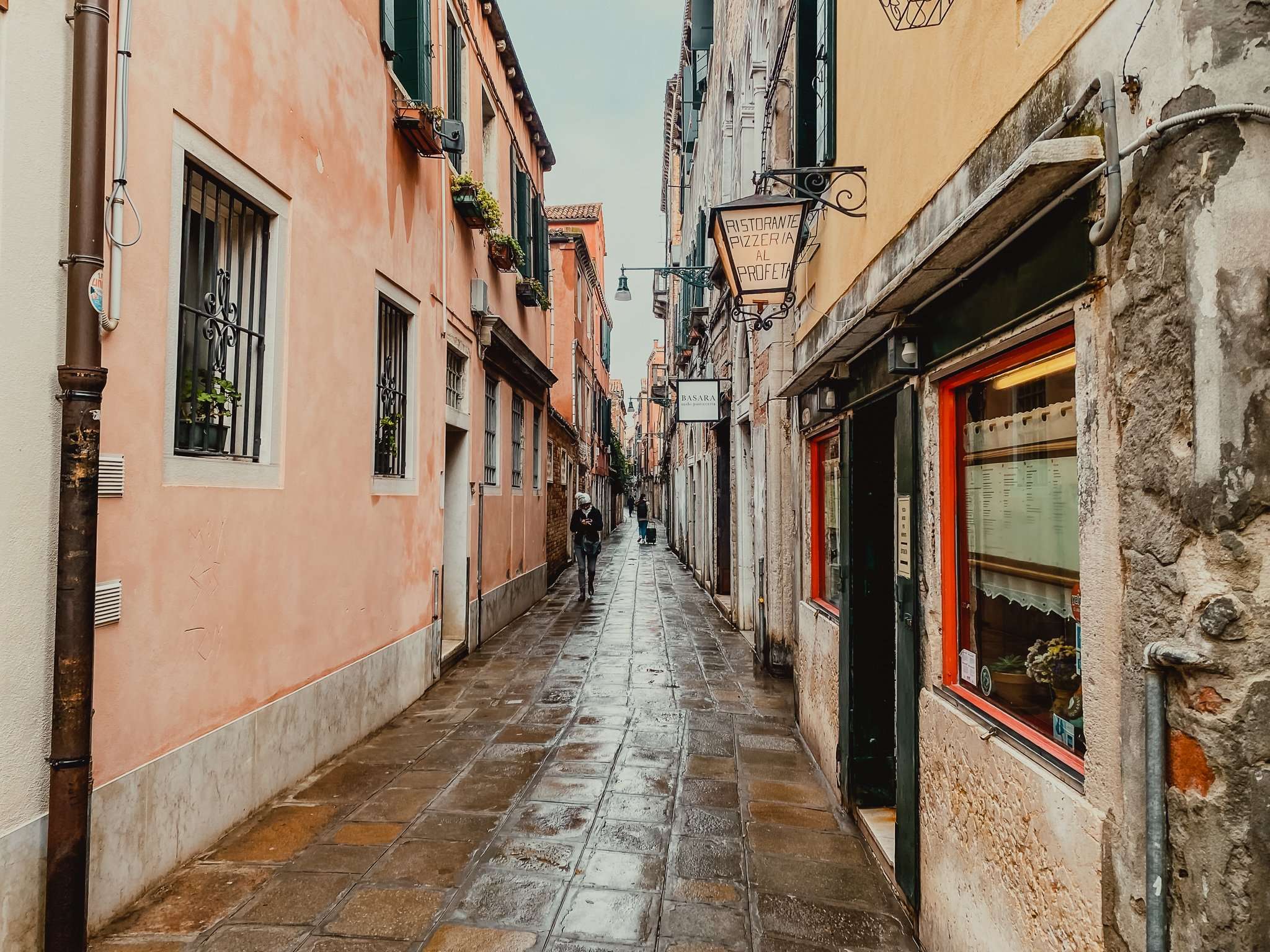
Of course, Italian wine is usually on display at the bacaro. Perhaps the easy-sipping red Valpolicella, or maybe the light and bubbly Prosecco - both of which are from the surrounding Veneto region. You’re in Italy - every bacaro you go to will have fantastic wine.
You’ll also find people sipping on the infamous Aperol Spritz (or Campari, Cynar, or other amaro). Though they caught fire in the United States not too long ago, the Aperol Spritz originated in Venice and is still a staple of the bacaro. Light, crushable, and easy to drink during a lunch break on a hot summer day (or winter, who’s judging).
Perhaps the unsuspecting star of the bacaro is the cicchetti (pronounced “chi-ket-tee”). These bit-sized Venetian tapas is where the real personality of the bacaro comes through. Most cicchetti at bacari follow a pattern: some cured meat and cheese on a piece of bread. A crowd-pleaser that nobody will balk at after three glasses of wine. These kinds of cicchetti, though still good, lean more toward the utilitarian end of the drinking food spectrum.
But some bacari use the cicchetti as an opportunity to express their seasonal creativity. Establishments such as La Sete or Vino Vero are eager to mention the squash and beans they harvested from their garden. And as they do, they’ll describe them to you layer by layer, an intentional mixture of colors and textures, as if plucked from the Michelin guide itself.
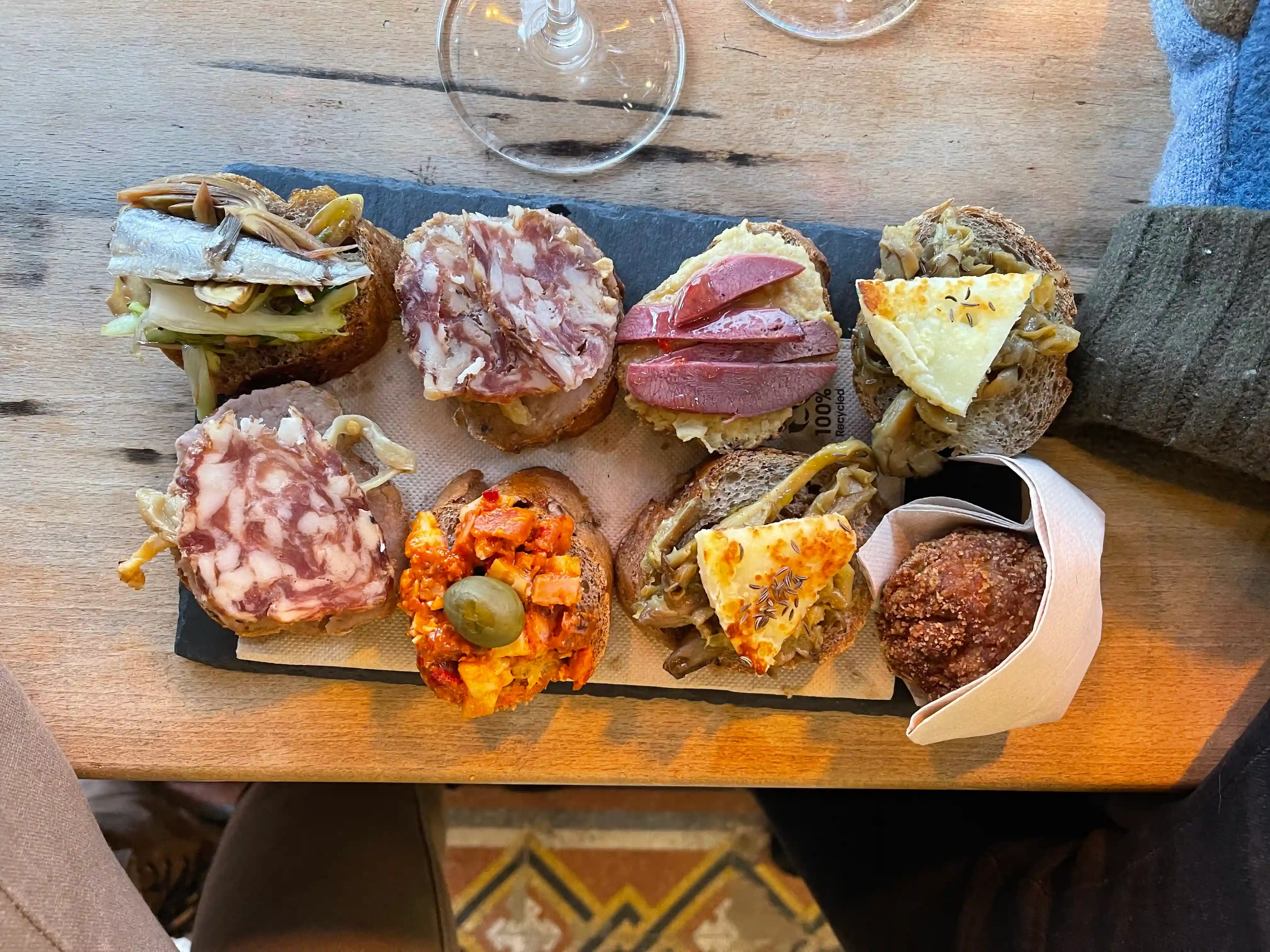
Though, as with all good bar food, you’ll still shove it down your face after three glasses of wine.
A humble watering hole, the bacaro is a staple of Venetian drinking culture; it symbolizes a break, a quick respite from the day’s frivolities. A space where one can enjoy a modest bite, a glass of wine, and like most great watering holes, the company of others.
So, on your next trip to Venice, check out a bacaro.

